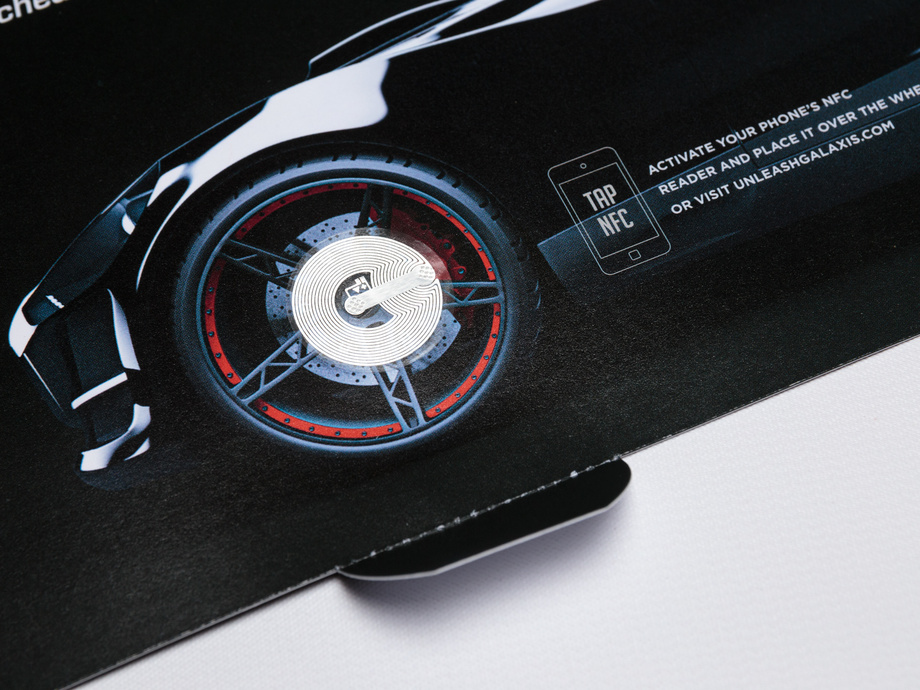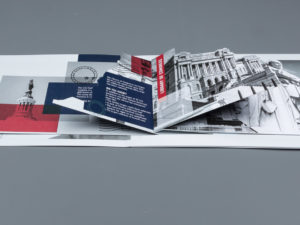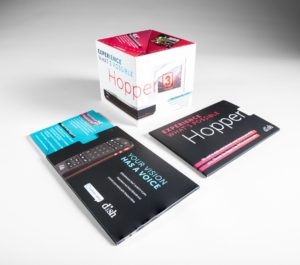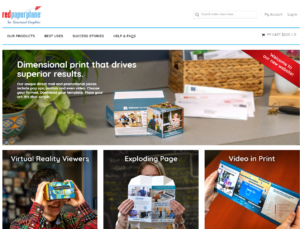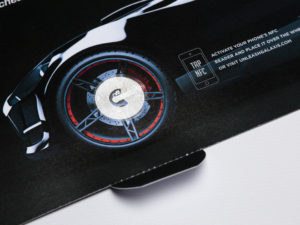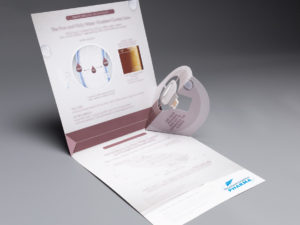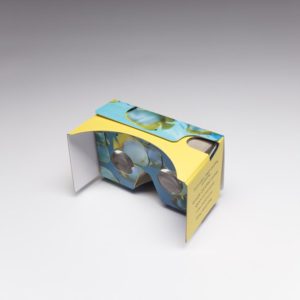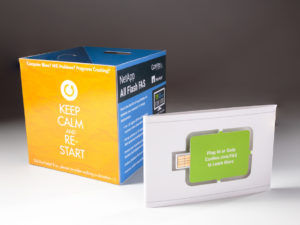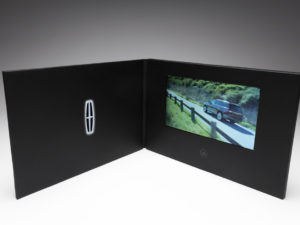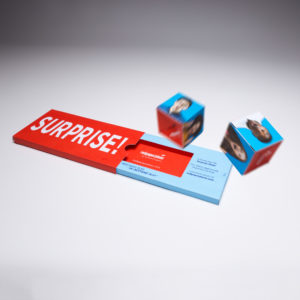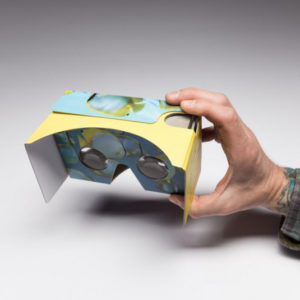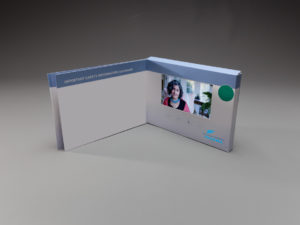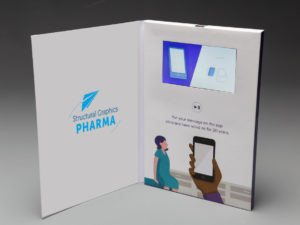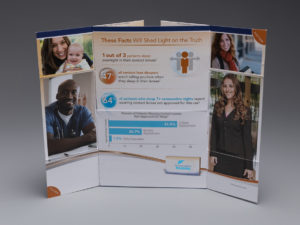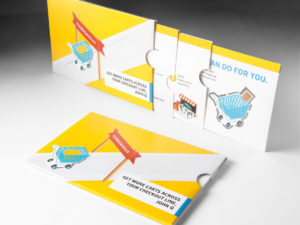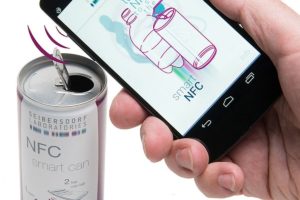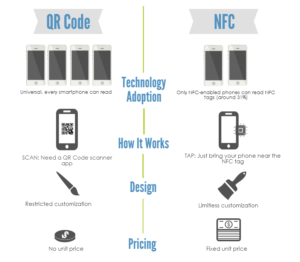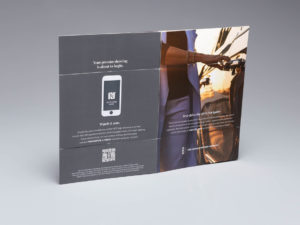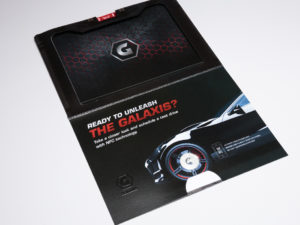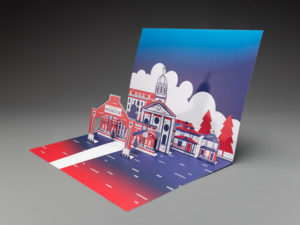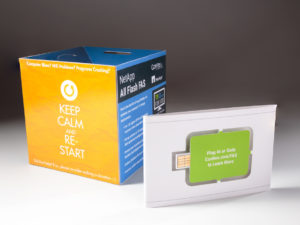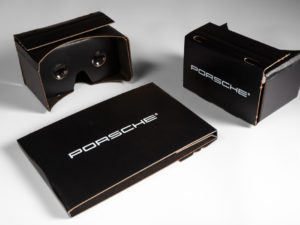We all know good advertising when we see it or, more accurately, when we feel it.
The best brands – the ones that consumers turn to in good times and bad – focus on connecting deeply with their audience by consciously harnessing the power of emotions and using it skillfully in their advertising.
In recent weeks, in particular, we’ve been seeing this more frequently from all kinds of brands. From Budweiser to JanSport and Dominos, businesses the world over are tapping into the fear, loss and isolation many of us are feeling while waiting out COVID-19.
But emotional advertising isn’t just relegated to a screen. Dimensional print enables marketers to create emotional connections and build brand loyalty quicker and more effectively than ever before.
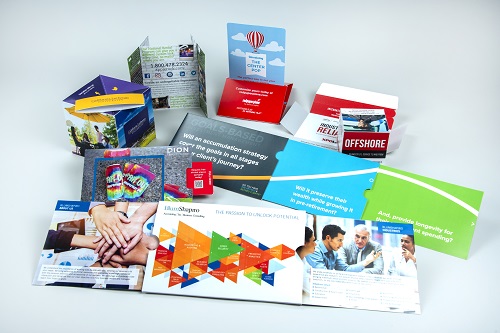
Here’s how:
It sets the stage. Who doesn’t love to receive a piece of mail? Especially now, when so many of us are stuck in front of screens or locked inside our homes, it’s an easy and (can be) a relatively low-cost way to surprise and delight. The format you choose for your piece can set the tone with the right emotional moments.
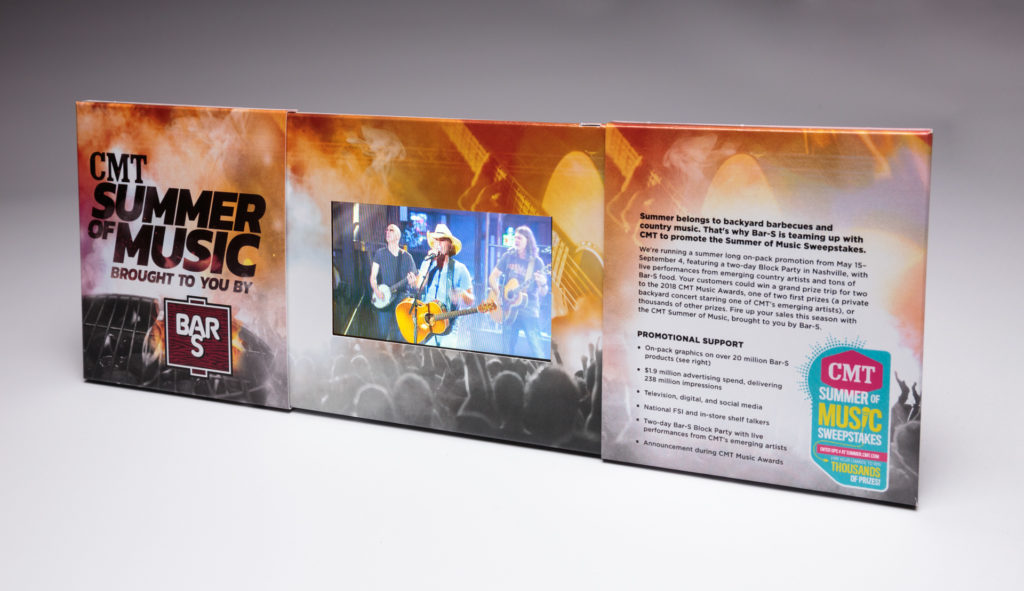
It presents options. Are you looking for something that pops? How about something that spins? Structural Graphics and Red Paper Plane can design anything from paper, whether it means incorporating sounds, lights, pull tabs or even video. The ways you can deliver your brand messaging are endless.
It can be tracked. Physical mailers are notoriously difficult to track. However, with designs like Web Keys and add-ons like QR Codes or NFC tags, these make it easy on your team to see the value of your advertising and assess if the emotion you’ve conveyed is on track.
